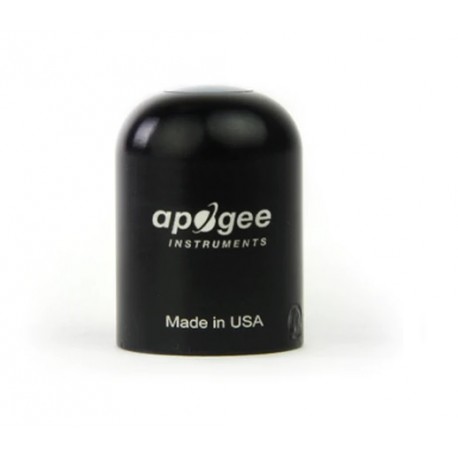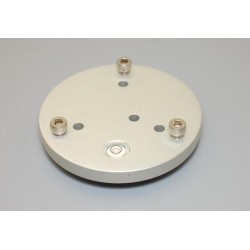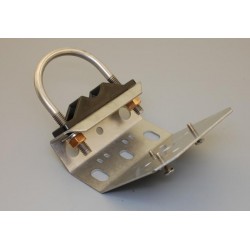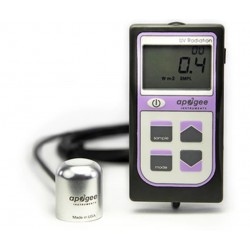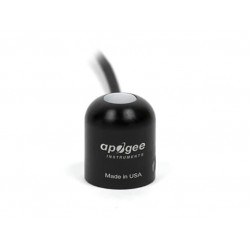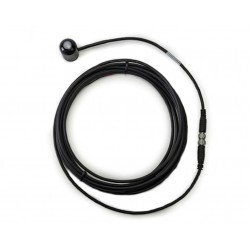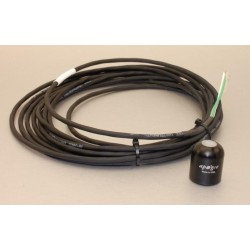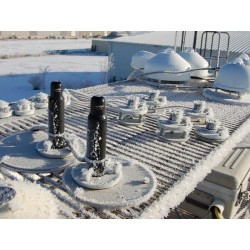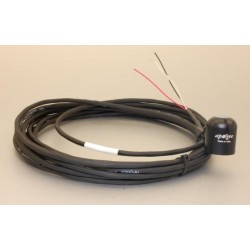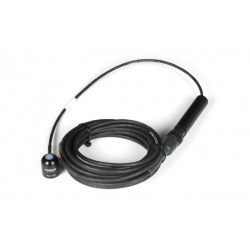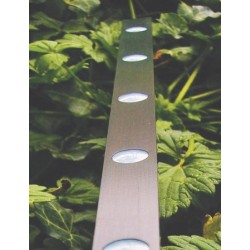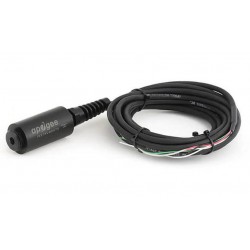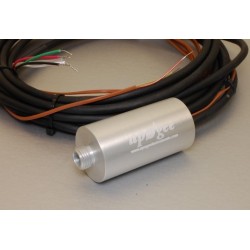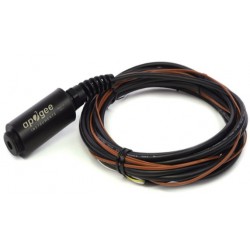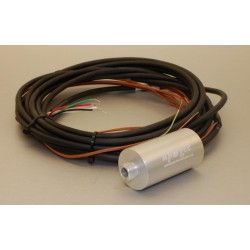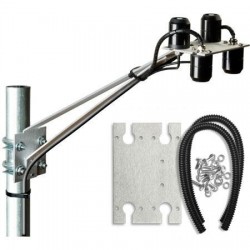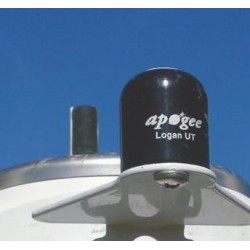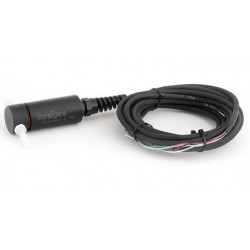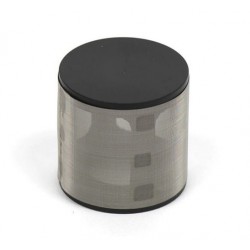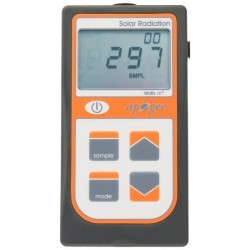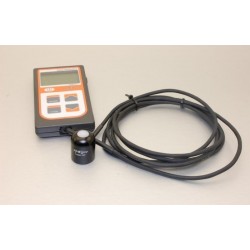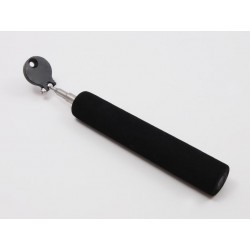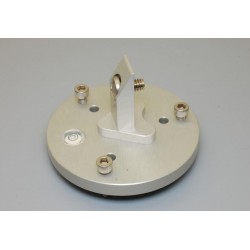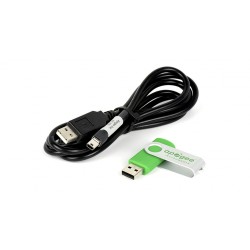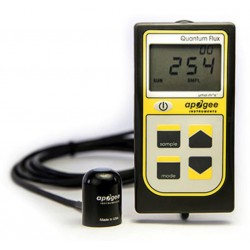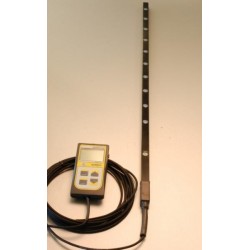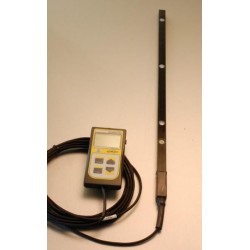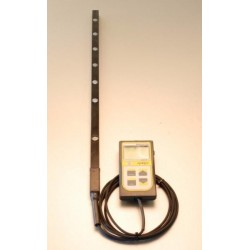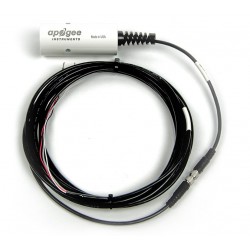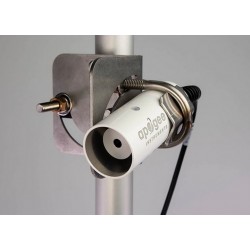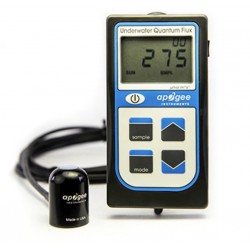No products
Prices are tax excluded
Product successfully added to your shopping cart
There are 0 items in your cart. There is 1 item in your cart.
Calibrated PAR Sensor for Electric Light SQ-222 Apogee (5-24 Vdc Power)
SQ-222
New
Typical applications include measurement of PPFD (Photosynthetic Photon Flux Density) over the tops of plants in outdoor environments, greenhouses, and growth chambers, and measurements of reflected or under canopy (transmitted) PPFD in the same environments.
They are also used to measure PAR (Photosynthetically Active Radiation) / PPFD in aquatic environments, including saltwater aquariums where corals are grown.
BUYING IN BULK, OR JUST WANT SOME USEFUL ADVICE?
Call +34 916292106 or complete our "Consult this product" form
- More info about this product.
- Remove this product from my favorite's list.
- Add this product to my list of favorites.
| The Sensor measures: | PAR Light |
| Cable Length: | 5 meters |
| Power Supply: | 5-24 Vdc |
| Sensor IP Rating | Submersible up to 30 m |
| Sensor for use in: | Outdoor & Underwater |
| Mounting Accessories: | Cables & Connectors |
SQ-222 PAR Light Sensor (400-700 nm) calibrated for Electric Light with output in µmol m-2 s-1.
Amplified quantum sensor with a 0 to 2.5 V output calibrated for use with electric lights.
The sensor features a robust, self-cleaning sensor housing design and high-quality cable terminating in pre-tinned flexible cables for easy connection to data loggers and controllers.
Typical applications include the measurement of PPFD (Photosynthetic Photon Flux Density) over the tops of plants in outdoor environments, greenhouses and growth chambers, and measurements of reflected or below the canopy (transmitted) PPFD in the same environments.
Quantum sensors are also used to measure PAR (Photosynthetically Active Radiation) / PPFD in aquatic environments, including saltwater aquariums where corals are grown.
The sensor includes an IP68 marine grade stainless steel cable connector 30cm from the head to simplify removal and replacement of the sensor for maintenance and recalibration.
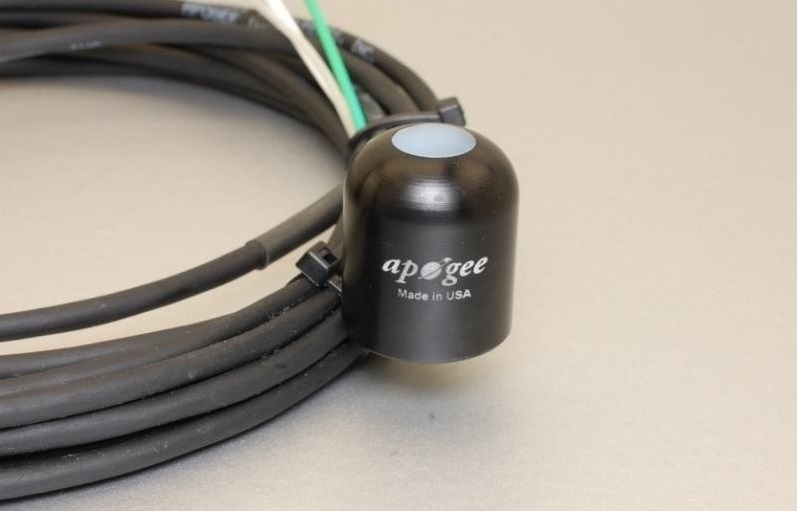
- Power supply: 5 to 24 V DC
- Current consumption: 10 µA Sensitivity 1 mV per µmol mˉ² sˉ¹
- Calibration factor: 1 µmol mˉ² sˉ¹ per mV (reciprocal of sensitivity)
- Calibration uncertainty: ± 5%
- Calibrated output range: 0 to 2.5 V
- Measurement repeatability: Less than 0.5%
- Non-stability (long-term drift): Less than 2% per year
- Non-linearity: Less than 1% (up to 2500 µmol mˉ² sˉ¹; the maximum PPFD measurement is 2500 µmol mˉ² sˉ¹)
- Response time: Less than 1 ms
- Field of view: 180˚ spectral
- Range: 410 nm to 655 nm (wavelengths where the response is greater than 50% of the maximum)
- Spectral selectivity: Less than 10% from 469 to 655 nm
- Directional response: (cosine) ± 5% at a zenith angle of 75 °
- Response to temperature: 0.06 ± 0.06% per C
- Operating environment: -40 to 70 C; 0 to 100% relative humidity; can be submerged in water to depths of 30 m
- Dimensions: 24mm diameter, 33mm height
- Mass: 100 g (with 5 m of conductive cable)
- Cable: 5 m of shielded twisted pair cable with TPR coating (high water resistance, high UV stability, flexibility in cold conditions)
Apogee Instruments quantum / PAR meters
Measure photosynthetically active radiation (PAR, PPF, PPFD) from the sun or electric lights in μmol m-2s-1
- Next generation design
- Built to withstand extreme conditions
- Self-cleaning dome head does not trap water or debris
- Meets strict precision specifications
- Reliable and installed as a standard feature in growth chambers manufactured by industry leaders Convirion, Biochambers, Environmental Growth Chambers, and Percival Scientific
- Available in single sensor or multi-sensor "quantum line" models that provide spatially averaged measurements useful in environments where light is not uniform (ie, under the canopy)
- Separate electrical and sunlight calibrations minimize spectral errors
- Excellent cosine response
- The sensors are completely submersible
- Easily integrates with data loggers
- Also available with hand gauge
- Custom options available
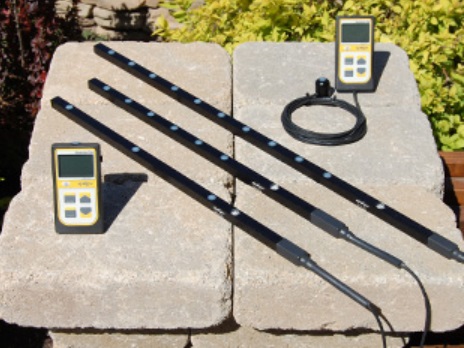
Quantum sensors
Apogee Instruments quantum sensors measure photosynthetic light levels in both air and water, combining accuracy and durability at an affordable price. The sensor heads feature a unique blue diffuser that reduces spectral error to less than 5% for sunlight (direct, diffuse, under the plant canopy, reflected from the plant canopy) and power plant lights common (fluorescent, metal halide, high pressure sodium), and less than 10% for LEDs (blue, green, red, cool white, neutral white, and warm white). You can read more about using our quantum sensors with various light sources in our Knowledge Base.
Apogee's quantum sensors are the culmination of more than 16 years of field testing and feedback from researchers around the world. The sensor heads are potted solid with no internal air gap for use in all weather conditions. Additionally, all Apogee designs undergo brutal accelerated aging tests to ensure reliability and accuracy even under the harshest conditions.
Each Apogee quantum sensor is carefully precalibrated to NIST standards under carefully controlled conditions. Our original models are ready to go out of the box and come in various configurations easily compatible with most data loggers. Our custom options can provide maximum flexibility by offering different multipliers, outputs, and cable lengths. With Apogee, you are dealing directly with the manufacturer and we can work with you to deliver quantum sensors that are tailored to your specific application.
For reference, a quantum refers to the amount of energy carried by a photon. Quantum meters approximate the number of photons between 400 and 700 nanometers. Photosynthesis is largely driven by the number of photons between these wavelengths. Photosynthetically Active Radiation (PAR) is also called Photosynthetic Photon Flux (PPF) or Photosynthetic Photon Flux Density (PPFD) and the units are μmol m-2 s-1 (micromoles of photons per square meter per second).

